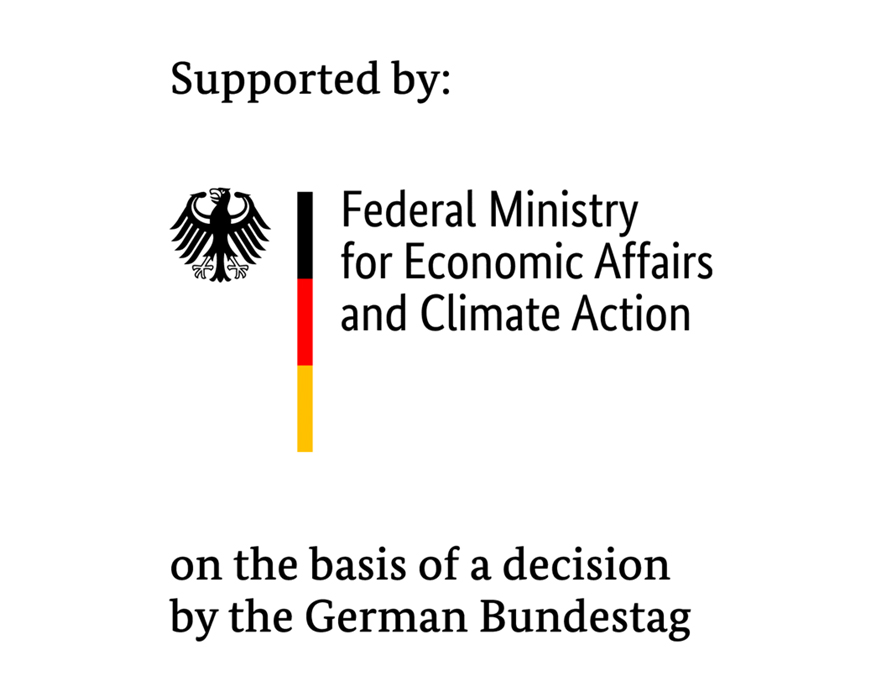| Funding: | Federal Ministry for Economic Affairs and Climate Action (BMWK) |
| Funding amount: | 13,823,354 EUR |
| Duration: | 12/2016 - 09/2022 |
- The rapid growth of modern wind turbine generators (WTG) poses challenges for existing testing and validation methods, as these are often based on smaller turbines.
- Interconnected test fields and large-scale test rigs are only available to a few, if any, turbine manufacturers.
- In the scope of the WTG Testfeld BHV (Bremerhaven) research project, Fraunhofer IWES therefore intends to perform measurements on a wind turbine with a capacity of 8 megawatts (MW) as a research platform and connect it to the existing large test rigs.
- This unique combination enables the safeguarding and validation of test procedures for all components and allows turbine manufacturers to shorten the time to market.
Modern wind turbines reach capacities of 8 MW and above. At the same time, the rapid turbine growth is having considerable impact on the design of the turbines and components. However, due to the high development speed, there is little experience available to date regarding structural and drive train dynamics as well as the dynamic interaction between aeroelastic rotor behavior, the mechanical drive train system, and the electrical drive train system. Above all, the electrical validation and certification of new large turbines proves difficult.
At the same time, the results from field tests and laboratory measurements are not compared consistently, as the large-scale test rigs required for this purpose are only available to a few turbine manufacturers, if at all, and thus not publicly accessible. Current public test fields and large test rigs are often still based on smaller turbine classes, and the test methods employed are not correspondingly verified.
Fraunhofer IWES wants to close this gap in the WTG Testfeld BHV research project. For this reason, a test field operated by the IWES is to be constructed on the site of the former airfield in Bremerhaven, which, due to its immediate proximity to the institute’s own test rigs, such as the DyNaLab, will enable better interconnection. The Adwen AD 8-180 wind turbine, which has already been erected, will be used as a research platform to verify and improve the IWES’ testing approaches via systematic measurement.
This will produce a unique combination of test infrastructure and wind turbine on a test field, resulting in the availability of improved and validated test procedures for all wind turbine components.
